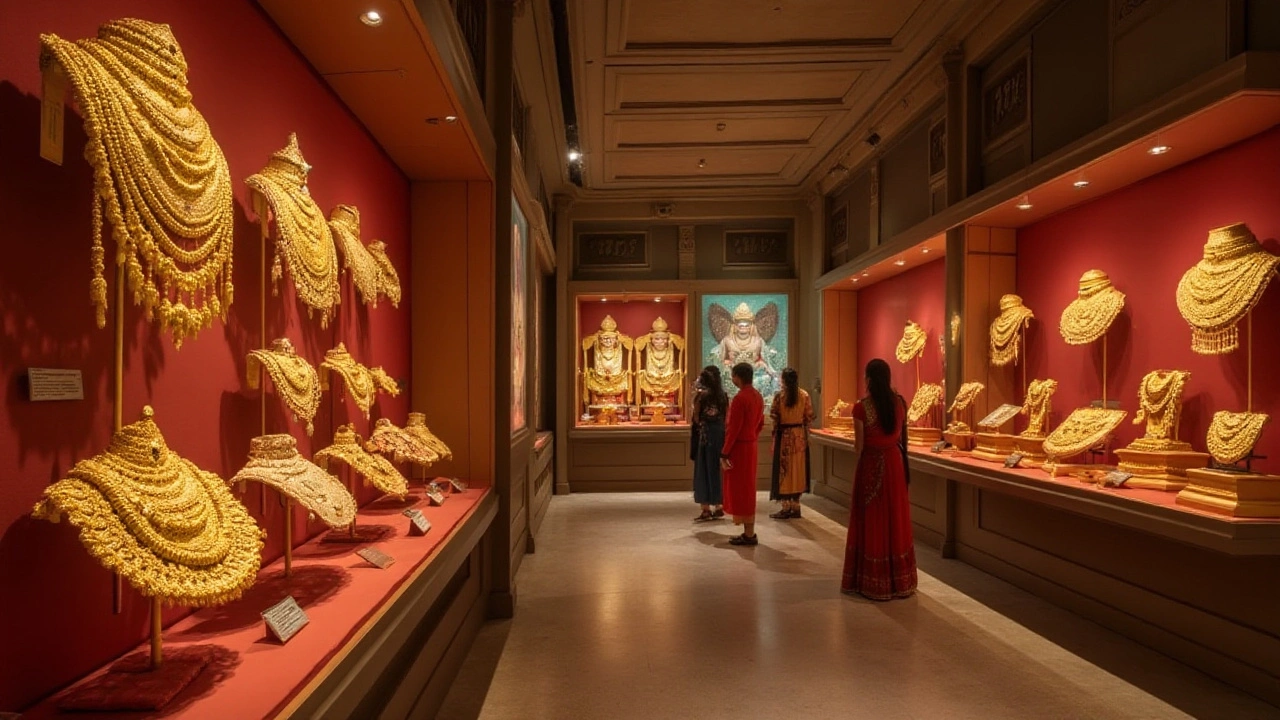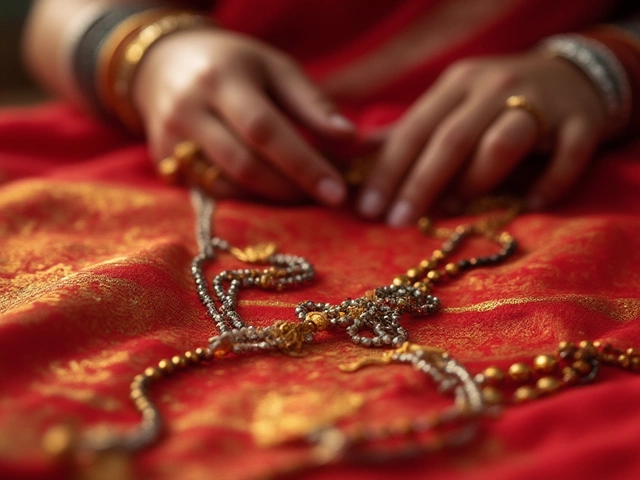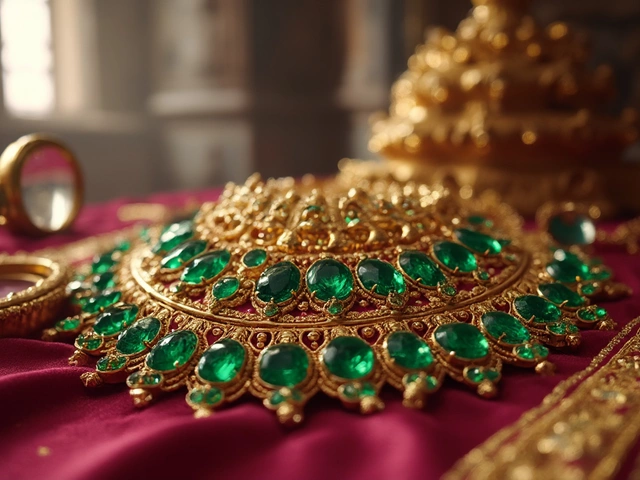Indian Gold: What You Need to Know
If you’re scrolling through RH Jewellers looking for that perfect gold piece, you probably have a few questions buzzing in your head: What does 875 really mean? When is the cheapest month to purchase? How can you be sure you’re getting authentic gold? Let’s break it all down in plain English so you can shop with confidence.
Understanding Gold Purity and Hallmarks
In India, gold purity is shown as a three‑digit number. The most common marks are 916 (22 K), 875 (21 K) and 750 (18 K). The number tells you how many parts of the alloy are pure gold out of 1,000. So, 916 means 91.6% gold, the rest is usually copper or silver to give the piece strength.
The Bureau of Indian Standards (BIS) adds a hallmark that looks like a leaf, a circle, and a triangle. If you see these symbols together, the gold has been tested and approved. Spot‑checking the hallmark is the fastest way to avoid cheap plating or mixed‑metal tricks.
For a quick test at home, you can do the magnet test (real gold isn’t magnetic) and weigh the item against a known‑weight gold bar. These aren’t foolproof, but they’ll catch the obvious fakes before you pay full price.
Smart Tips for Buying Gold in India
Timing matters. Historically, the best month to buy gold is October‑November, right after the festive season when demand dips and prices often dip a bit. Keep an eye on the RBI’s gold price updates; a 1‑2% drop can translate into big savings on a heavy piece.
Buy from trusted retailers—like RH Jewellers—who provide a clear invoice with the gold’s karat, weight, and hallmark details. A transparent seller will also offer a return policy if the hallmark doesn’t match the item you receive.
Consider your purpose. If you want an heirloom, go for higher purity (916 or 875) because it holds value longer. If you’re after everyday wear, 750 offers durability without breaking the bank.
Lastly, think about investment. Gold’s price can swing, but solid 22 K gold has historically kept its resale value. Pair your purchase with a simple storage plan—like a lockable safe or a bank deposit box—to protect both the metal and its sentimental worth.
With these basics, you’re ready to pick, price, and protect your Indian gold. Whether it’s a classic gold chain, a modern mangalsutra, or a set of earrings, knowing the purity code, hallmark, and best buying window gives you the upper hand. Happy shopping, and may your new gold shine for years to come!
Why Indian Temple Jewellery Radiates with Vibrant Yellow Hue
The distinct yellow tint of Indian gold, especially in the realm of temple jewellery, has intrigued many enthusiasts and collectors. This article delves into the cultural, historical, and metallurgical aspects that contribute to this unique shade. Explore how traditional craftsmanship and techniques have preserved the vibrant color over centuries. Discover the influence of gold purity and alloy choices on its appearance. Gain insights into the significance of the golden hue in Indian traditions.





